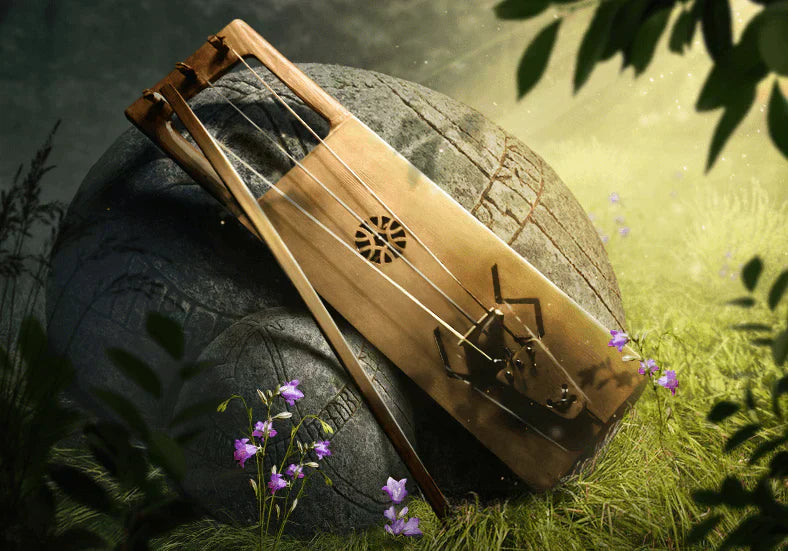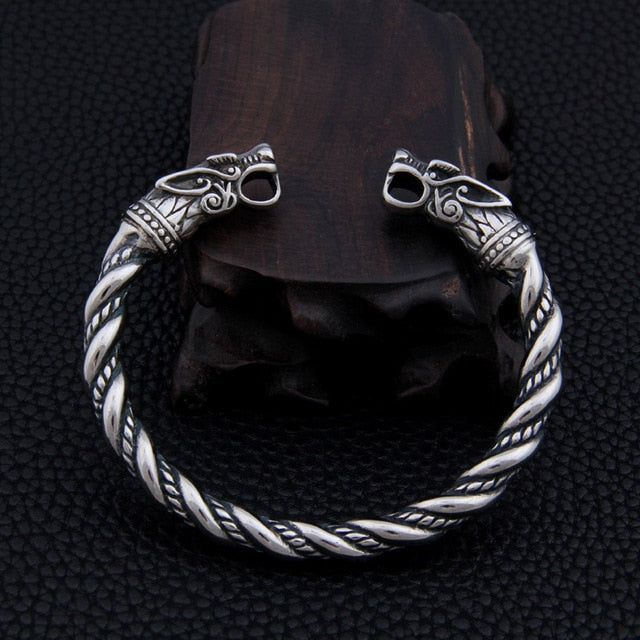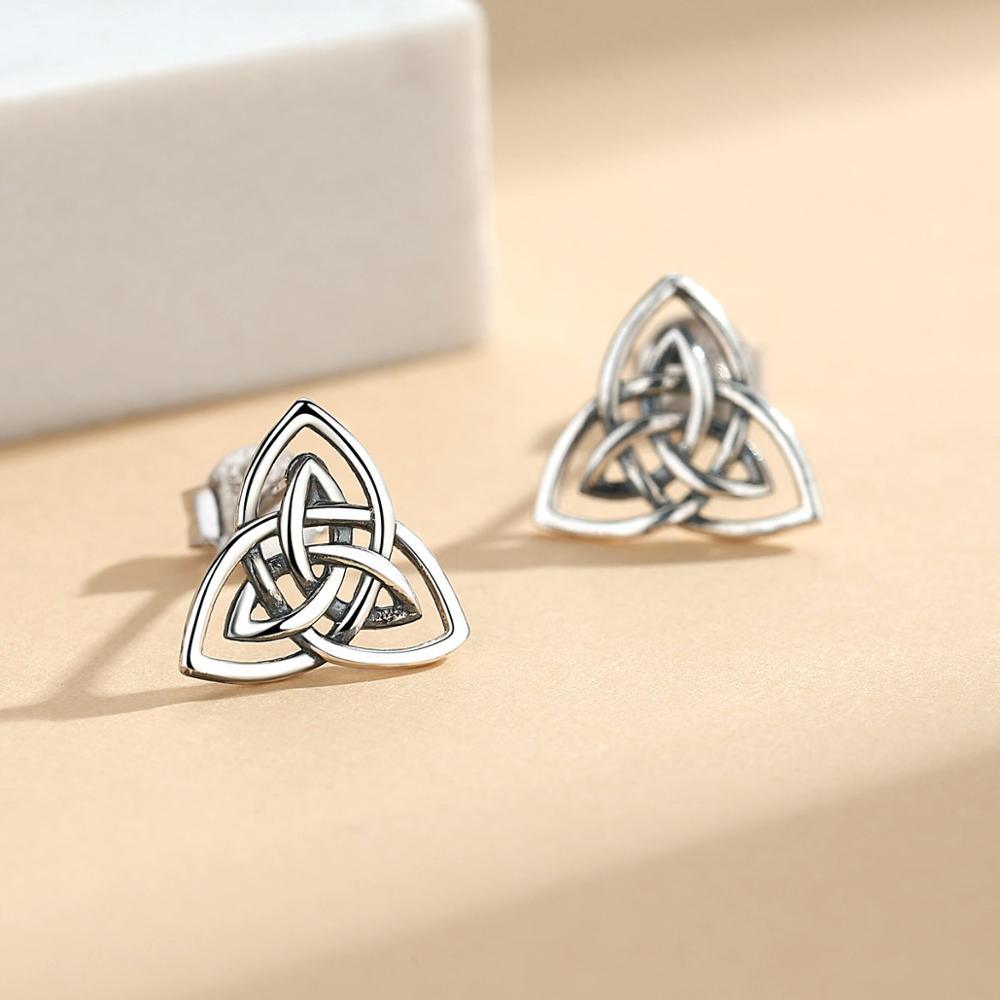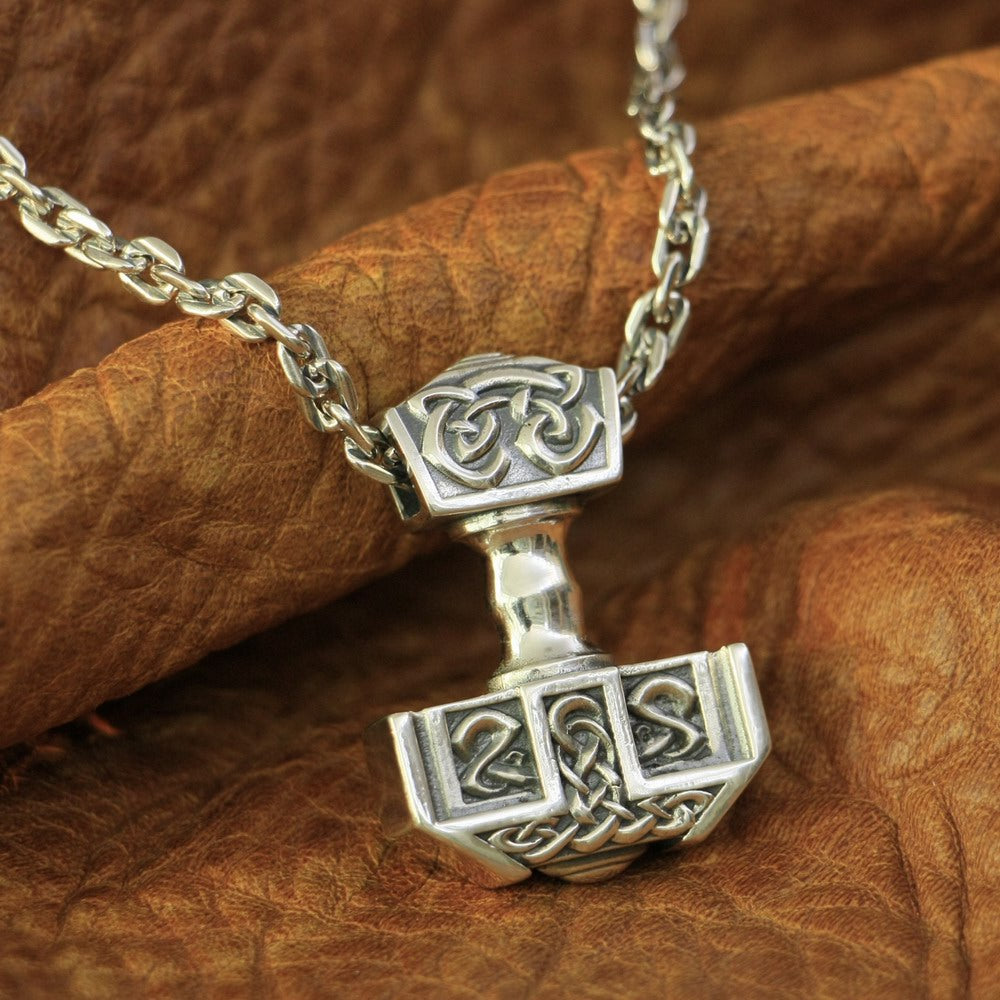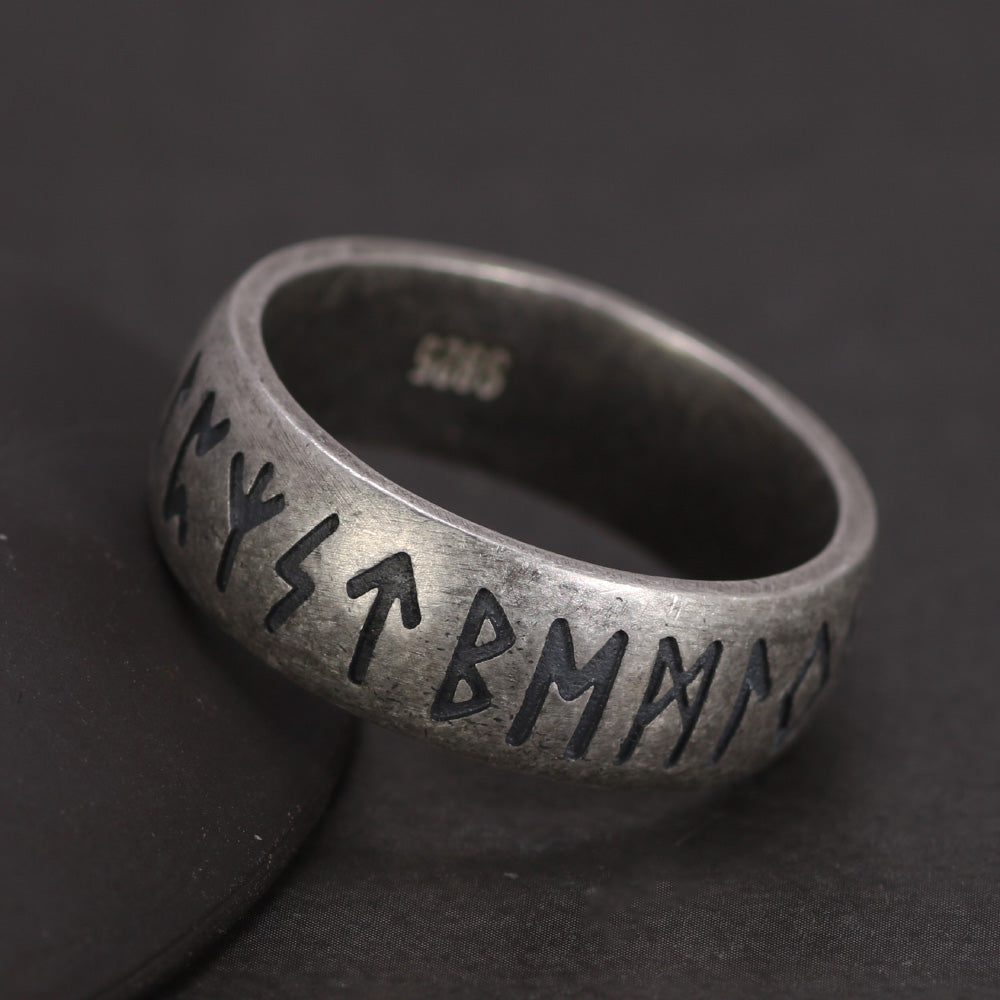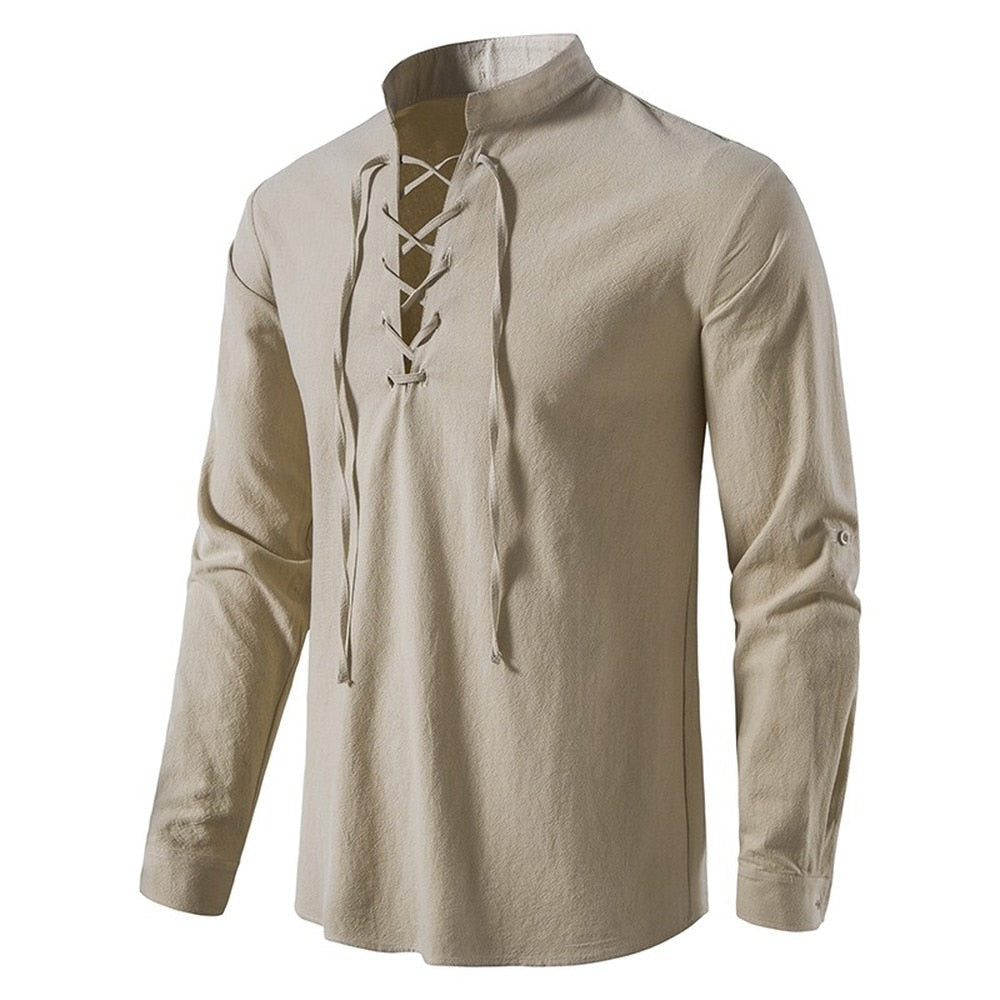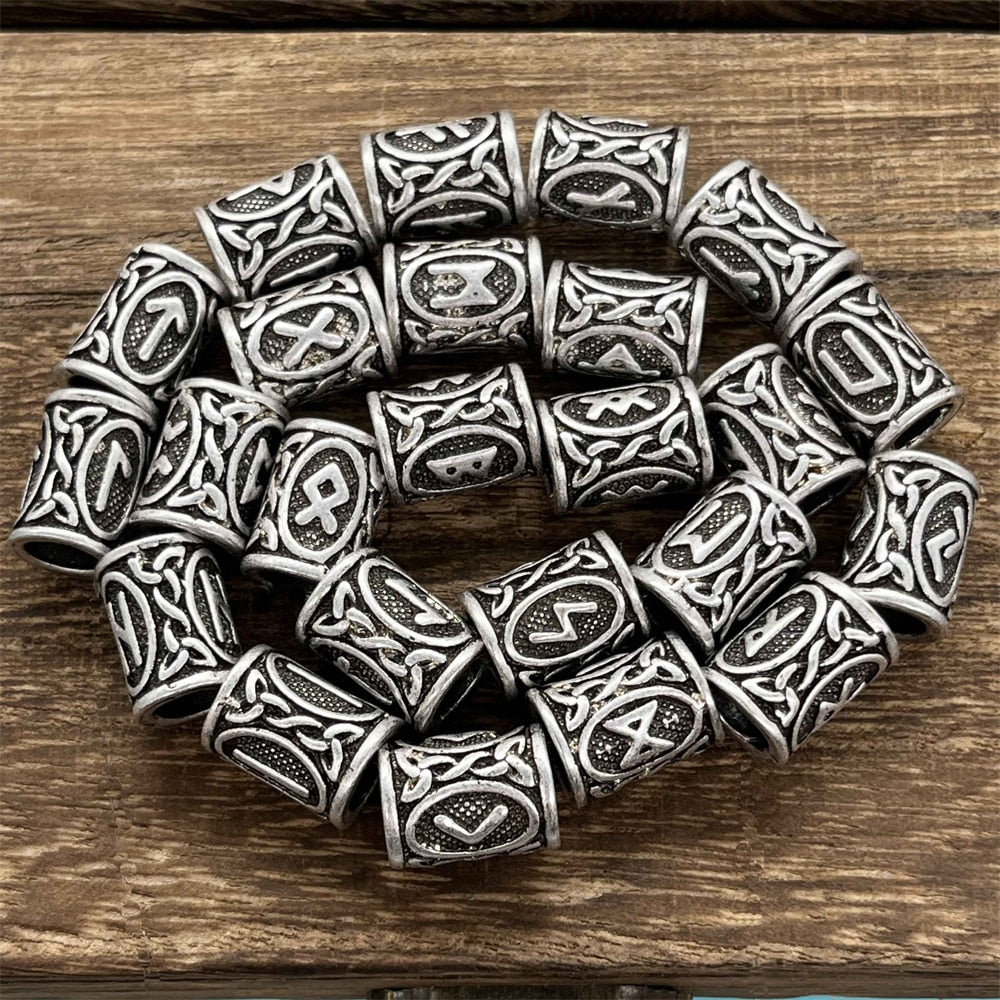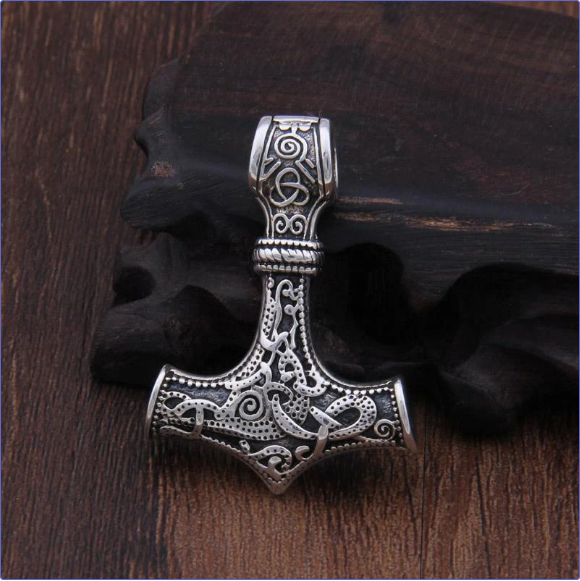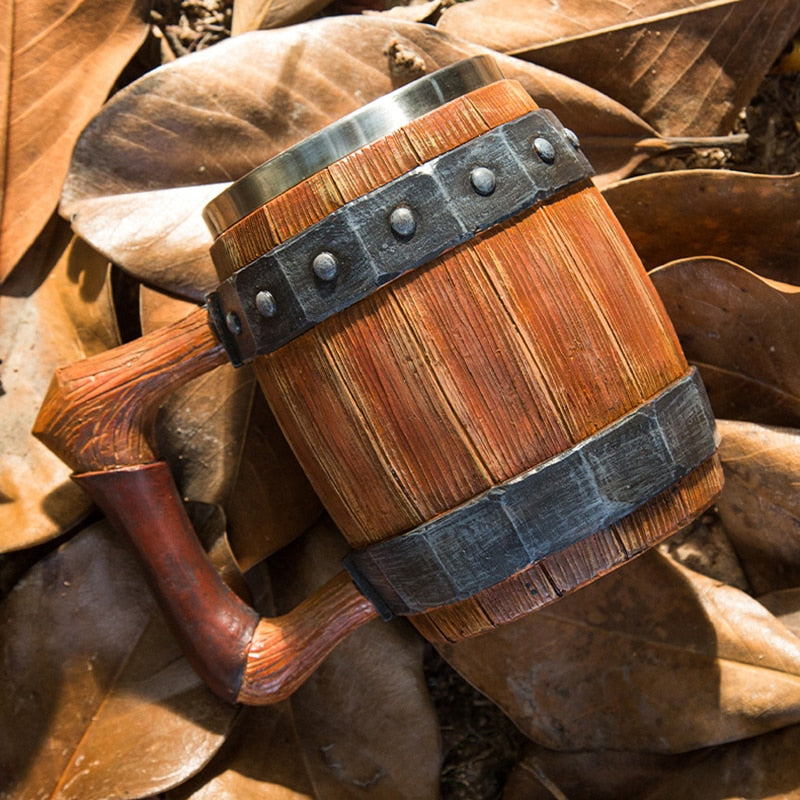The Skalds were the poets of the Viking Age, revered for their mastery of verse and their ability to immortalize the deeds of warriors and kings. Unlike the anonymous poets of earlier Germanic traditions, Skalds were individuals known by name, often attached to royal courts, where they composed intricate and highly stylized poetry.

Origins and Role of the Skald
The tradition of Skaldic poetry emerged in Scandinavia during the late 9th century, flourishing throughout the Viking Age (c. 800–1100 AD). Skalds were not merely entertainers; they served as chroniclers of history, advisers to rulers, and conveyors of political and social ideals. Their compositions, primarily in the form of dróttkvætt (courtly meter), were performed at royal courts to honor kings, commemorate battles, and even deliver biting satire.
One of the earliest known Skalds was Bragi Boddason, a 9th-century poet whose verses were preserved in later medieval Icelandic sagas. The Skalds often enjoyed high social status, and many, such as Eyvindr Skáldaspillir and Snorri Sturluson, wielded considerable political influence.
The Structure and Style of Skaldic Poetry
Skaldic poetry is renowned for its complexity and strict formal rules. Unlike the simpler eddic poetry, which was more narrative and mythological, Skaldic poetry was highly structured, using intricate rhyme schemes and alliteration.
Key Features of Skaldic Poetry:
Dróttkvætt Meter – The most common form, consisting of eight-line stanzas with strict syllabic and alliterative patterns.
Kennings – Elaborate metaphorical expressions, such as “whale-road” for the sea or “battle-snake” for a sword.
Heiti – Poetic synonyms used to maintain the meter and enhance the aesthetic quality of the verse.
Interwoven Word Order – Skaldic poetry often employed complex word order, making interpretation challenging even for contemporary audiences.
These poetic devices not only demonstrated the Skald’s skill but also served as mnemonic aids, ensuring that their compositions were accurately transmitted across generations.

Preservation and Influence
Much of what we know about Skaldic poetry comes from medieval Icelandic manuscripts, such as the Prose Edda by Snorri Sturluson. These texts, compiled in the 13th century, preserved older oral traditions and provided a guide for understanding the rules of Skaldic composition. Without these written sources, the intricate art of Skaldic poetry might have been lost to history.
The legacy of the Skalds extended beyond the Viking Age. Their influence can be seen in later Icelandic sagas, which frequently incorporate Skaldic verses as historical evidence or dramatic embellishment. Furthermore, modern poets and writers continue to draw inspiration from the rich imagery and linguistic creativity of Skaldic poetry.
The Norse Skalds played a crucial role in shaping the literary and historical consciousness of medieval Scandinavia. Their poetry was not only an art form but also a means of preserving history, praising leaders, and reinforcing societal values. Though the Viking Age has long passed, the echoes of the Skalds’ verses can still be found in contemporary literature, music, and historical scholarship. Their work remains a testament to the power of poetry to transcend time and preserve the essence of a culture.

Bibliography
Clunies Ross, Margaret. A History of Old Norse Poetry and Poetics. Cambridge University Press, 2005. ISBN: 9780521844739.
Gade, Kari Ellen. The Structure of Old Norse Dróttkvætt Poetry. Cornell University Press, 1995. ISBN: 9780801432258.
Snorri Sturluson. Edda. Translated by Anthony Faulkes, Everyman’s Library, 1995. ISBN: 9780460876162.
